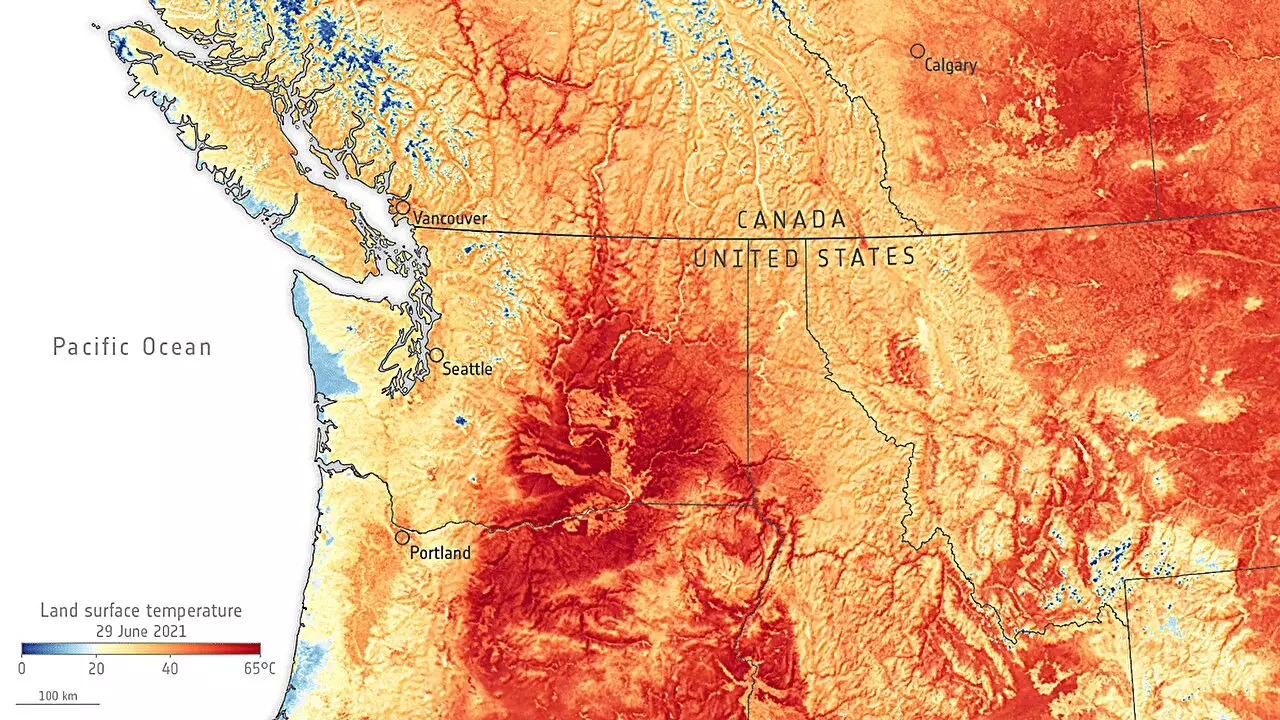Weather forecasting has long been a complicated science, with traditional models typically limiting forecasts to about ten days into the future. This limitation originates from the chaotic nature of the atmosphere, where minor fluctuations in conditions can produce vastly different outcomes. Such unpredictability was starkly highlighted during the unprecedented heatwave in June 2021 that struck the Pacific Northwest of the United States. This extreme weather event not only led to tragic loss of life and damaged crops but also showcased the dire need for improved forecasting methods that can provide more extended lead times to aid preparedness.
Understanding Sensitivity in Weather Models
Meteorologists often rely on adjoint models to gauge how susceptible weather forecasts are to minor discrepancies in initial conditions, such as temperature and humidity levels. These models shed light on the delicate balance in weather systems and allow scientists to recalibrate initial parameters to enhance predictability. Yet, adjoint models come with considerable limitations, including the need for expensive computational resources and a forecast horizon that only extends to about five days ahead.
The Promise of Deep Learning
To overcome these challenges, researchers have turned to deep learning as a promising alternative. In a groundbreaking study published in Geophysical Research Letters, experts demonstrated how deep learning methods could significantly refine the process of determining optimal initial conditions for longer-range forecasting, specifically extending it to ten days or even beyond. The study utilized two advanced models—the GraphCast model from Google DeepMind and the Pangu-Weather model from Huawei Cloud—to assess the efficacy of the deep learning approach against historical data from the Pacific Northwest heatwave, ensuring that the training data did not include any information from the actual event to maintain objectivity.
The results of the research were astonishing; the application of deep learning techniques resulted in a dramatic 94% reduction in forecast errors for the GraphCast model. A similar level of accuracy was achieved using the Pangu-Weather model, indicating a significant step forward in the forecasting landscape. Notably, the team discovered that this innovative method not only enhanced accuracy for ten-day forecasts but also stretched the forecasting capabilities to an impressive 23 days in advance, which could revolutionize how communities prepare for weather-related challenges.
The study’s findings have far-reaching implications for the field of meteorology. As climate change intensifies the frequency and severity of extreme weather events, accurate and extended forecasts become even more crucial. By harnessing deep learning and leveraging advanced computational models, meteorologists could transform the very foundations of weather prediction. This new approach may facilitate better preparedness and response strategies, ultimately saving lives and protecting livelihoods in the face of increasingly unpredictable climate patterns. Thus, the integration of technology in weather forecasting not only holds the potential to refine the science but also to foster resilience in communities worldwide.


Leave a Reply